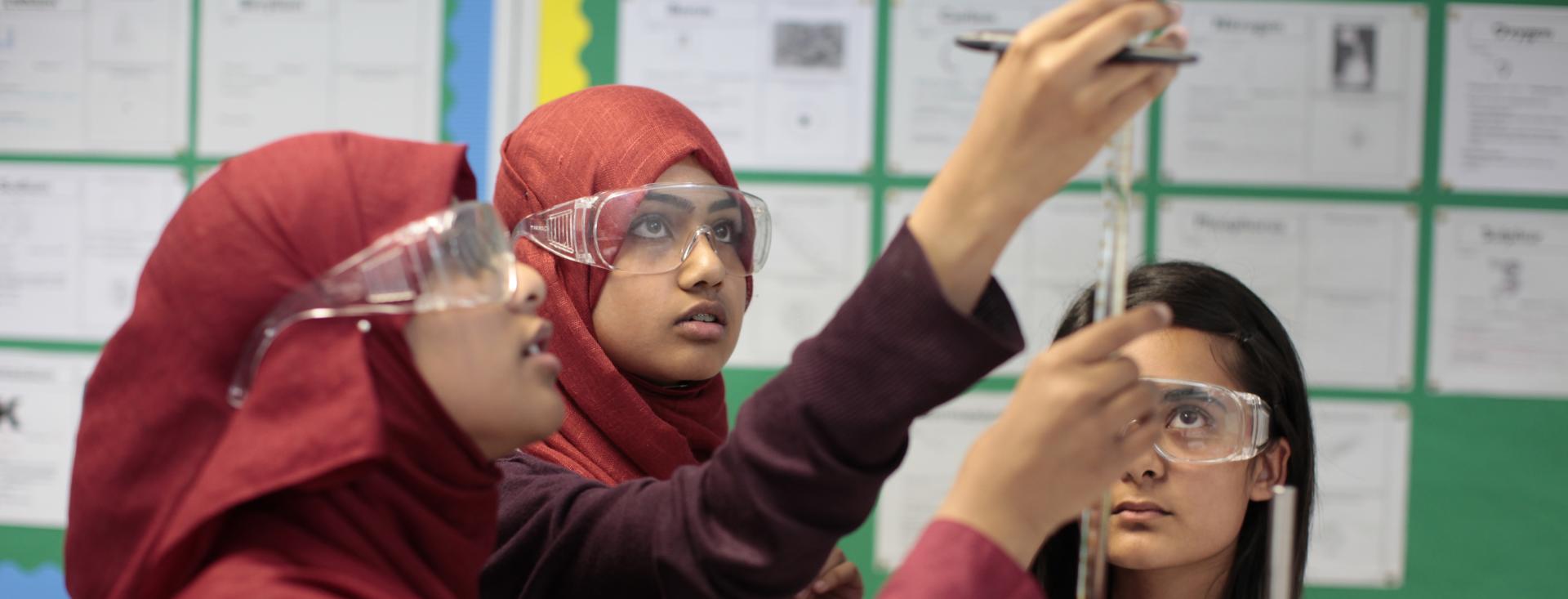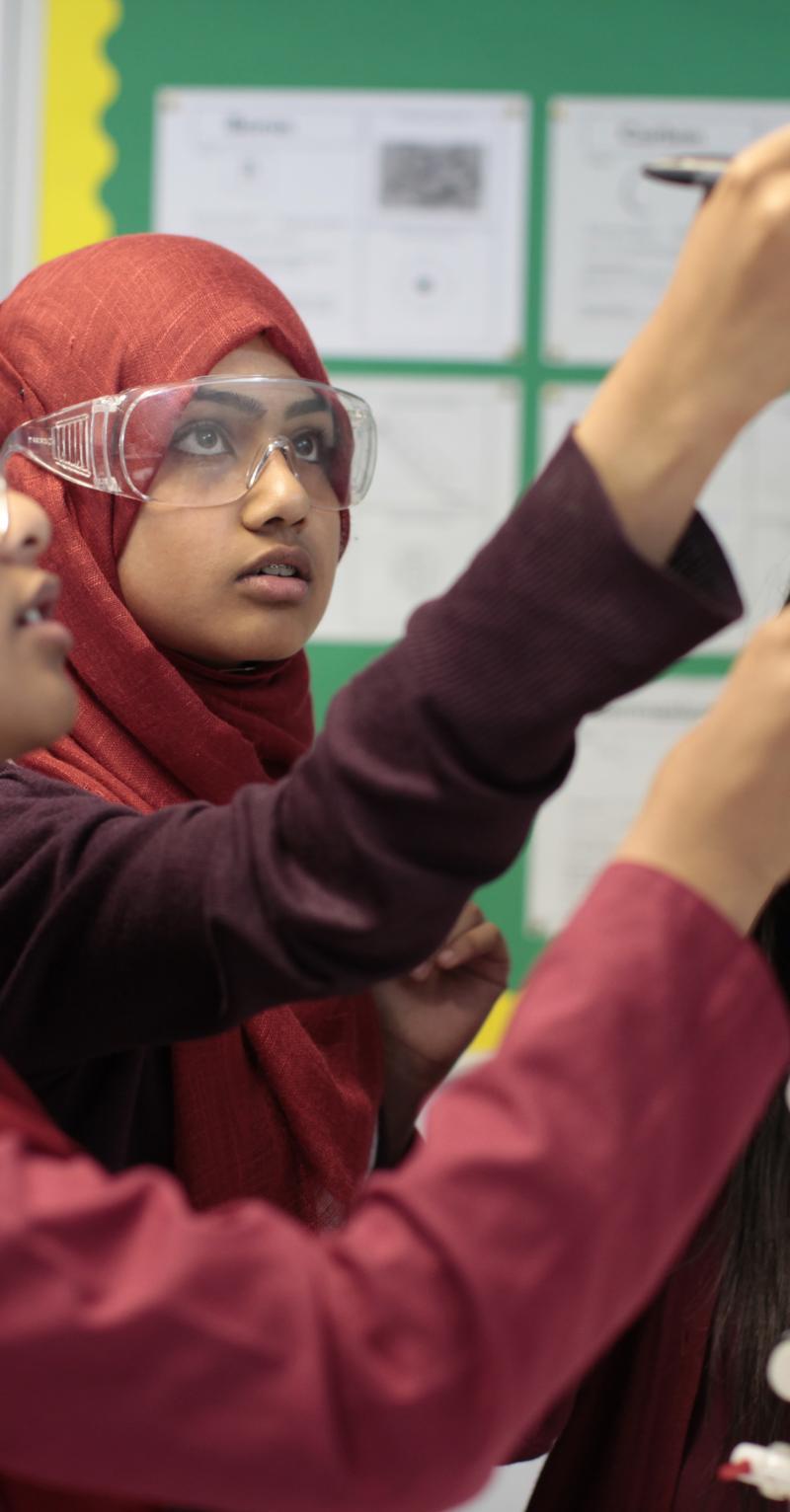Resources
Everyone has a role to play in supporting girls to become empowered, access education for better life outcomes, and thrive. Teach For All is committed to supporting the global network to identify and address the barriers that keep girls from learning and fulfilling their potential through our Girls’ Education initiative. Learn more about gender equity, the issues facing girls around the world, and more in this curated library of resources:
Girls' Education
School Has Been a Right for Girls in India Since 2009. So Why Aren't They Going?
This article highlights recent data showing that while gains have been made in girls' school enrollment in India since a 2009 law, girls are still not attending as they should due to highly unequal expectations around household and agricultural work.
Girls' Education
Arman Rahmatullah on the Afghani Context of Girls' Education at the 2019 Teach For All Global Conference
This video clip features Arman Rahmatullah, CEO of Teach For Afghanistan, providing an in-depth look into the challenges around teaching girls in his country. He gives powerful examples of how Teach For Afghanistan has made traction despite the odds.
Girls' Education
Think Women Aren’t Big Risk Takers? These Chinese Girls Buck the Stereotype
An article that explores gender differences in risk-taking behaviors and highlights a study examining how families and peers influence children within matrilineal and patriarchal cultures.
Girls' Education
A Gender-Inclusive Southeast Asia Through Entrepreneurship
A report on the critical gender gaps and entrepreneurial solutions to advance the lives of women in Southeast Asia. It introduces the Women's Empowerment Framework that outlines a gender-inclusive vision across seven mutually reinforcing dimensions.
Girls' Education
Why Do Parents Invest in Girls’ Education? Evidence from Rural India
An article on girls in rural Rajasthan, India frequently dropping out early and marrying young. The researchers interviewed parents in a culturally sensitive manner and found that policies that help girls stay in school can prevent early marriage.

